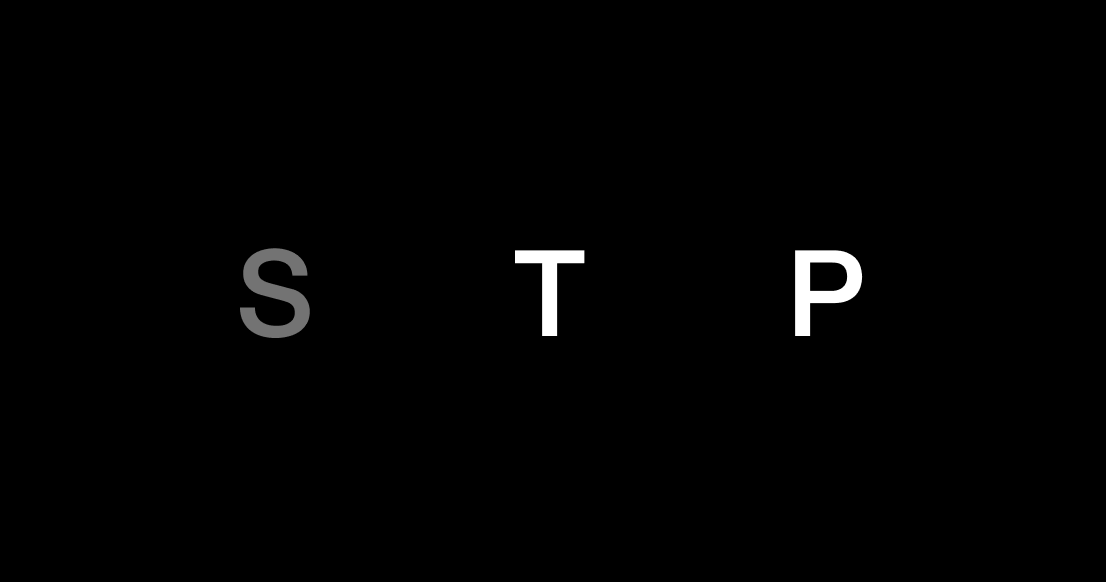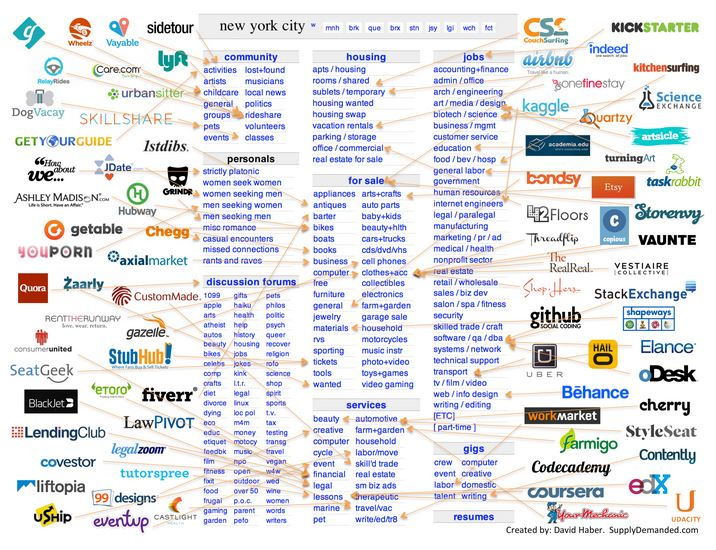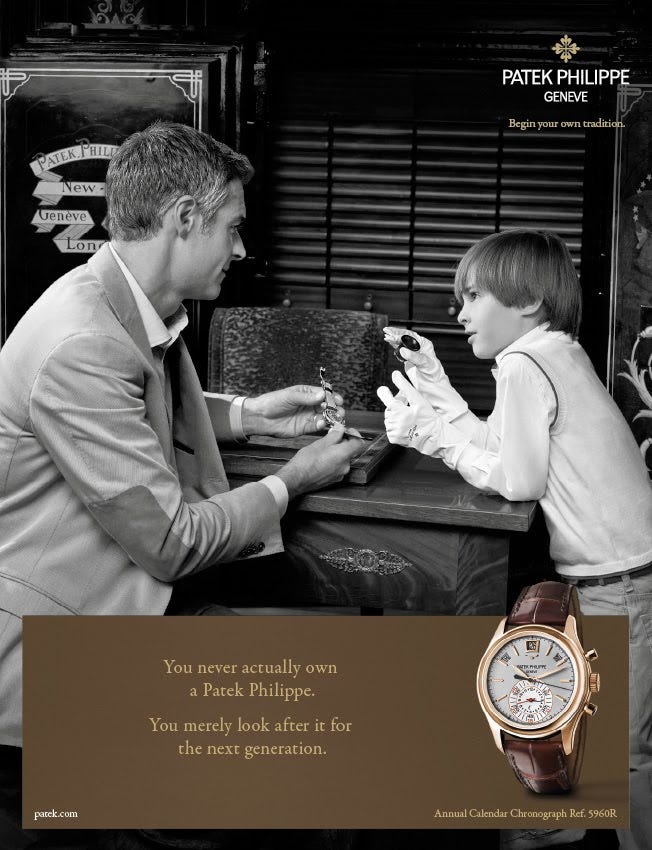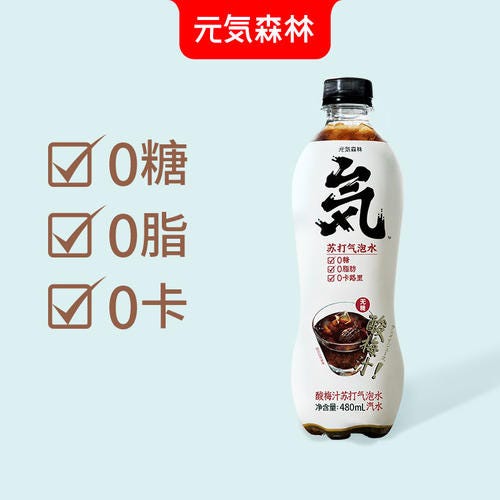#016 - PM Lessons by Meituan Co-Founder - Pt 14: Strategy for Product - STP: Targeting & Positioning
8 mins read - speed is relativity in the business world, why Amazon chose books, avoid being unbundled, why build a product
👋 Hi! I’m Tao. As I learn about building products & startups, I collected some of the best content on these topics shared by successful Chinese entrepreneurs. I translate and share them in this newsletter. If you like more of this, please subscribe and help spread the word!
Let’s get you up to speed:
Wang Huiwen is the co-founder of Meituan, who recently retired at age 42 with an estimated net worth of >US$2B. He opened a Product Management course at Tsinghua University in September 2020. This article and others in this PM series are my translation and edits based on a compilation of the content of his course shared online. You can see other articles in this series here.
Targeting
The second part of STP is Targeting, but it's definitely not an assembly-line-like process where you do Targeting after Segmenting. Sometimes, you'll have a difficult time doing Targeting that you have to go back and rethink your segmentation.
If you have trouble finding the right target market, it may be that you didn't choose the right dimension or the right level of granularity during Segmenting.
When Targeting, you must be very clear whether you are looking for the entry point or the eventual target market. There is a big difference. For example, the entry point of Xiaonei (“On-Campus Network“) was the college campuses, but the target market was all the internet users.
Long-Term
When choosing an entry point, you should choose the one that is most advantageous to you from a long-term perspective.
By long-term perspective, I mean that when there is a market opportunity, you saw it and so must the others. After you've gone ahead with this particular market opportunity, and there's someone else who had chosen this market too, and the two of you spent 5 years working on it respectively. Then you discovered that when you two have overlapping competition, you face unfair competition since you're on the disadvantageous side. As much as possible, you should avoid that situation from happening.
I left an assignment in the previous class - Taobao and JD, which one has the stronger Scale/Network Effects? (Again, Wang Huiwen considers network effects a subset of scale effects. You may pause here and think, before continuing.)
It’s JD. But today, Alibaba’s market value seems to be much larger. (Alibaba ~US$634B vs. JD ~US$118B). Network effects refers to as the size of the business (sales, #users, #customers, etc.) gets sufficiently large (vis-à-vis competitors), it creates significant advantages in:
User Experience
Cost of Production
However, Network effects is not the only law in the business world, just like how Newtonian Mechanics only hold true under low-speed conditions. Network effects is the law of universal gravitation in the business world; speed is the theory of relativity in the business world.
Taobao was able to grow faster because of its asset-light model. Who will win when one has the faster speed and the other has the stronger network effects? I don’t know. In China, now it looks like Taobao has won over JD, and in the United States, Amazon over eBay. (Taobao is China’s eBay, JD is China’s Amazon).
In fact, Taobao and JD chose different markets in their beginnings. Taobao chose apparel and Jingdong chose digital 3C. (computer, communication, and consumer electronics). The difference is worthy of our attention.
When you are Targeting, you should not only pay attention to the size of the market but also pay attention to the scale/network effects and speed.
The opposite of a small truth is falsehood, and the opposite of a big truth may be another truth. I can't give you a specific methodology here, but the impact of choosing the wrong target is huge.
Entry Point
Of the companies just mentioned, only Amazon really thought about the entry point on the first day. Amazon wanted to become the Everything Store from Day 1, but their entry point was to sell books.
This entry point was very clever. At the beginning of a category-creating product, users must be fearful/skeptical, the industry’s infrastructure incomplete, and the company’s operating methods and systems lacking.
Why is the books category good?
Books have a sufficiently large number of SKUs. No matter which city you are in, there will always be books that you can’t get your hands on. Even if it's available in your city, you may not know which store has them.
Books are highly standardized in the United States.
For books, you have less to worry about in terms of logistics and warehousing. You can stack them, drop them, and they don't expire.
In the early days of e-commerce shopping, people were very worried about buying fake goods. But even in pirated books, the content is still authentic.
The average order value for books is not too high. (trust, risk, inventory management, etc.)
Most early Internet users have a relatively high level of education, and that closely matches the profile of people who buy books.
From this choice of entry point, we can see that Amazon was highly strategic. (Watch Jeffery Bezos explain)
At the time, China already had e-commerce websites like Dangdang, 8848, etc.
The entry point for Dangdang was the same as Amazon’s - books. Unfortunately, it did not seize the right opportunities to iterate as fast as possible to become an Everything Store.
8848's founder was thinking big and originally intended the site to become an Everything Store. However, it's difficult to manage too many SKUs as an early-stage business.
Therefore, if you have ever experienced the confusion and struggle of finding PMF, you will be deeply appreciative of how amazing Amazon's selection of the entry point is. This kind of high-quality decision-making from its earliest days demonstrates it’s destined to be an exceptional company.
Competitive Environment
The choice of T differs in different market competitive environments. In particular, you must be wary if you've chosen too broad a market.
Smaller competitors who adopt the Focus strategy (Porter's Generic Strategies) can slice off a part of your market segment and build a company there. You run the risk of being "Unbundled". In men's apparel, suits, jeans, shirts, and T-shirts each have their brands. If your target market is the entire men's apparel category, your risk of being unbundled is very high.
To use an Internet example, there's a company called Craigslist in the U.S., which is similar to 58.com in China. There are many sections on the website, such as property sale, rental, house moving, pet care, making friends, etc. It's essentially the digital version of the classified section of newspapers in the print era. This company is not super big, with less than 100 employees, but it makes a profit of hundreds of millions of dollars, so it's a pretty solid business. (Note: $694M revenue in 2016, 50 employees in 2017).
However, the environment has changed since its founding. Someone created a graph and mapped out all the new companies that have replaced each section on the Craigslist homepage. Every category of Craigslist is being taken away by others.
In China, Baidu is also facing similar risks. Baidu is a general search engine, but you don’t search for clothes and restaurants there anymore. Some user behaviors have gradually been migrated away.
Considerations
Targeting seems simple, but its applications are ever-changing, and the factors to be considered are very complicated. When choosing T, you must have product design, marketing efficiency, organizational ability, and capital efficiency in mind.
Craigslist didn't go into segmentation, because each segment requires a team of hundreds or thousands of people to go deep into it, posing new, significant challenges to its organizational capabilities. (Note: Craigslist’s founder, Craig Newmark, is aware that he’s not a great manager.)
Let’s look at Meituan Delivery. When we started, we started from the college campus market. One of the reasons is that there are a lot of students on campus, so there is high customer density and the distribution for restaurants is relatively simple.
In addition, we can also hire college students who work part-time to support their studies, and they don't cost a lot. We don't have to build a fleet or a fulfillment platform either. Self-operated distribution requires a much higher level of organizational abilities, but more importantly, it costs a lot of money.
As a 4-years late entrant in the industry, it'd be very difficult for us to persuade investors to invest in us if we want to build a self-operated distribution network from the start. Investors would think why I don’t invest in Daojia and invest in a late entrant? Daojia had already had 4 years of experience in the delivery market with a self-operated fulfillment model.
The good thing is, the college campus market can achieve a considerable GMV in a relatively short period of time. From the fast ramp up, we can establish some initial organizational abilities and systems, as well as gain investor confidence.
Positioning
P is a relatively complicated part of STP. Positioning in the perspective of users - what your product is, and why would they choose your product. There is a book called "Positioning" and another book called "The 22 Immutable Laws of Marketing". I won't go too much into these books.
Positioning is directly related to the consumers’ minds. For example, Patek Philippe's advertising slogan "You never actually own a Patek Philippe. You merely look after it for the next generation.". They're positioning Patek Philippe products as heirlooms.
In another example, beverages can be divided according to several dimensions - tea vs. carbonated, sugar vs. sugar-free, etc. Recently, sugar-free carbonated beverages have developed very quickly. One of the best-known brands is Genki Forest, which is positioned as sugar-free carbonated drinks.
"Sugar-free carbonated drinks" is not Genki Forest’s T, it's who drink sugar-free carbonated drinks.
Genki Forest’s T should be someone who thinks that high-sugar drinks are unhealthy, but at the same time, they think their body/health is still pretty good so there's no need to drink completely unflavored drinks.
My health condition is not that great, so I can only drink mineral water or flavorless soda water. So, I'm not their target customer.
In terms of the relationship between T and P, T is more focused on demand and customers while P is more focused on supply and products. Effective marketing is one that can quickly associate T and P.
If a 2C product manager does not understand marketing, it means that he hasn't even gotten a foot in the door yet, and he needs to build up customer awareness fast and cheaply.
Closing
Going back to product. One of the most important things in building a product is the why. That's why this course spends a lot of time talking about strategy and the like, and not how to actually make the product.
Only by knowing why we need to develop this product can the Needs be served accurately. And only by knowing what the strategy is can we build products that match the strategy.
Find the article insightful? Please subscribe to receive more learnings from Chinese Internet companies and I’d appreciate it if you can leave a comment or help spread the word!







